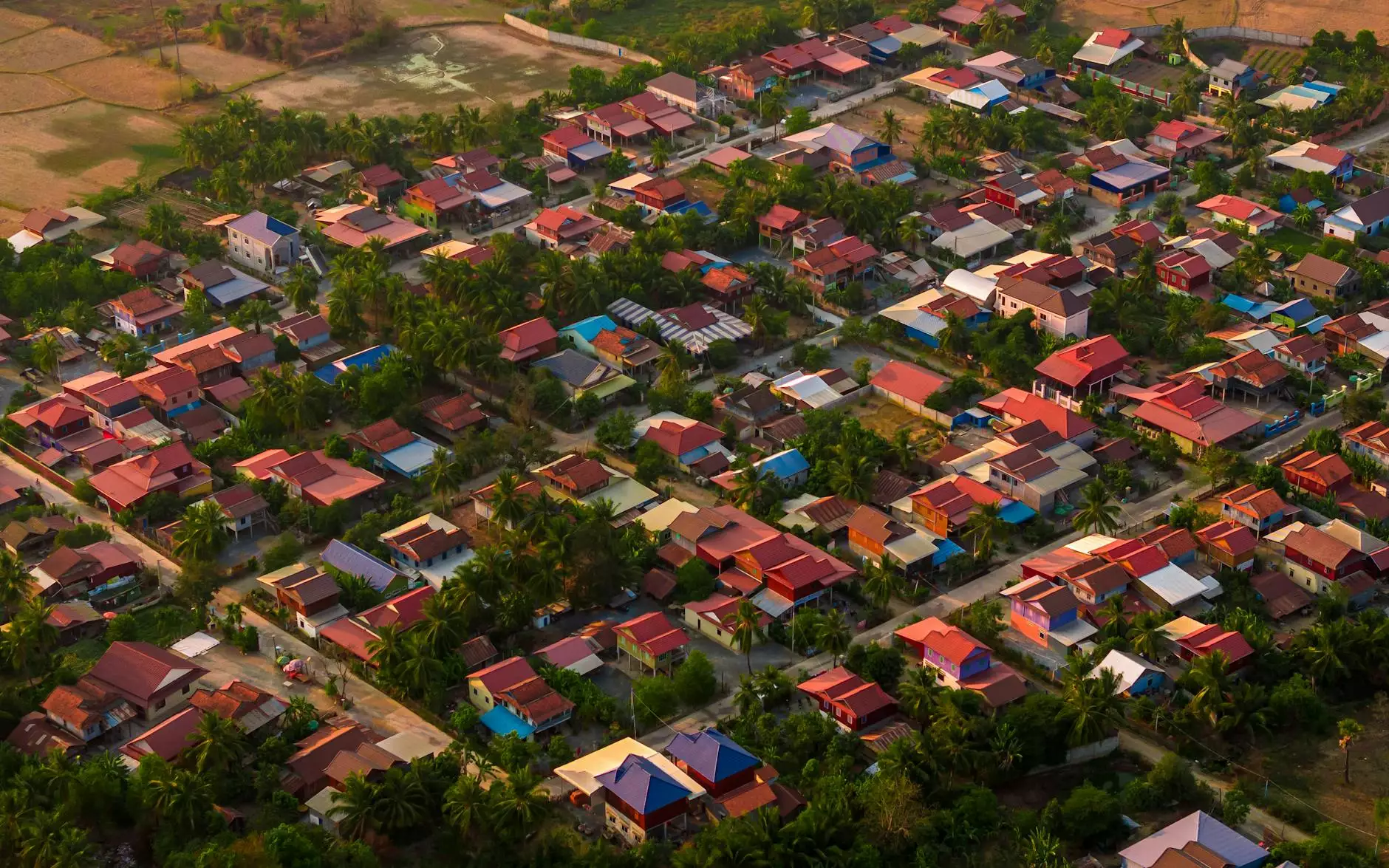The Definitive Guide to Distributed Antenna Systems

In today’s fast-paced world, robust and reliable telecommunications infrastructure is essential for any business striving for success. With the increasing demand for mobile connectivity, organizations are seeking innovative solutions to enhance their communication capabilities. One such solution is the Distributed Antenna System (DAS), a technology that dramatically improves cellular coverage and capacity, particularly in challenging environments. In this comprehensive guide, we will delve deep into what DAS is, how it works, its various types and applications, and why it is a critical component of modern telecommunications, particularly for businesses like Teleco.
Understanding Distributed Antenna Systems
A Distributed Antenna System is a network of spatially separated antenna nodes connected to a common source, which enhances communication services within a specific area. DAS plays a crucial role in providing consistent cellular signals by distributing the signal over a large area rather than relying on a single point of transmission.
This system is particularly beneficial in environments where traditional cellular coverage is weak or non-existent, such as:
- Large buildings (offices, malls, airports)
- Stadiums and large venues
- Urban canyons (areas surrounded by tall buildings)
- Rural areas where signal strength may falter
How Does a Distributed Antenna System Work?
The core functionality of DAS revolves around its ability to extend cellular coverage over a wide area using multiple antenna nodes strategically placed throughout a location. Here is a breakdown of how DAS operates:
1. Components of DAS
A Distributed Antenna System consists of three main components:
- Donor antenna: This component receives the signal from a nearby cell tower.
- Head-end equipment: Located at the base of the donor antenna, this equipment processes and amplifies the received signal.
- DAS antennas: These antennas transmit the enhanced signal throughout the designated area.
2. Signal Distribution
The signal from the donor antenna is sent to the head-end equipment, which amplifies it before sending it through a series of coaxial cables or fiber optics to the various DAS antennas. Each antenna then broadcasts the strong, clear signal across its coverage area, ensuring that end-users experience high-quality connectivity.
Types of Distributed Antenna Systems
There are primarily two types of Distributed Antenna Systems based on their architecture and application:
1. Passive DAS
Passive DAS uses coaxial cables and passive components to distribute the signal. The system relies on the strength of the original signal received by the donor antenna. It is usually less expensive to implement but is more suitable for smaller areas where the signal strength is adequate.
2. Active DAS
Active DAS, on the other hand, employs powered equipment that amplifies signals at various points before redistributing them. This type is ideal for large venues or areas with high user demand, such as stadiums, airports, and commercial buildings, where the signal must traverse long distances and overcome obstacles.
Benefits of Implementing a Distributed Antenna System
Investing in a Distributed Antenna System comes with numerous advantages for businesses and organizations. Let’s explore some key benefits:
1. Improved Coverage and Capacity
A major advantage of DAS is its ability to enhance cellular coverage in areas with weak signals. This is particularly important in high-density environments where many users may experience dropped calls or slow data speeds due to network congestion. DAS allows for a seamless user experience even during peak times.
2. Enhanced User Experience
By ensuring reliable connectivity, businesses can provide a better experience for their employees, customers, and visitors. This improved user satisfaction can lead to increased productivity and higher customer retention rates.
3. Versatility and Scalability
DAS solutions can be tailored to meet specific needs, making them versatile for various industries. As a business grows, its DAS can be scaled up to accommodate the increased demand without needing a complete overhaul of the infrastructure.
4. Reduced Interference
By distributing the cellular signal throughout the coverage area, DAS minimizes interference from physical obstacles. This results in a clearer, consistent, and uninterrupted service for users.
5. Future-Proofing Telecommunications
With the rapid advancement of technology and the rollout of new cellular standards like 5G, DAS presents an excellent opportunity for businesses to future-proof their telecommunications infrastructure. By investing in DAS, companies can ensure that they are equipped to handle increased data demands with minimal disruption.
Applications of Distributed Antenna Systems in Business
The implementation of a Distributed Antenna System is not limited to specific sectors. DAS has proven to be beneficial across various industries. Here are some notable applications:
1. Commercial Buildings
In large office complexes, retail spaces, and shopping malls, DAS can ensure comprehensive coverage, allowing employees and customers to remain connected without experiencing connectivity issues.
2. Sports Venues and Entertainment Centers
Stadiums and concert halls often struggle with high user density, leading to connectivity issues during events. DAS guarantees reliable service during peak times, allowing fans to share their experiences in real-time on social media.
3. Healthcare Facilities
Hospitals require constant communication among staff and with patients. Implementing DAS ensures that medical professionals can attend to patients without interruptions due to connectivity issues.
4. Hospitality Industry
Hotels and resorts rely on high-quality connectivity to attract and retain guests. A robust DAS can enhance guest satisfaction, enabling them to stay connected during their stay.
5. Universities and Educational Institutions
Educational institutions often cater to large numbers of students and staff. DAS helps to maintain seamless connectivity across campuses, improving the overall learning experience.
Investing in Distributed Antenna Systems with Teleco
For businesses looking to enhance their telecommunications capabilities, partnering with a trusted provider like Teleco can streamline the process. With vast experience in telecommunications, IT services, and internet solutions, Teleco can help businesses design and implement an efficient DAS tailored to their specific needs.
Why Choose Teleco?
When you choose Teleco for your DAS implementation, you benefit from:
- Expert Consultation: Teleco’s team of experts will assess your current infrastructure and recommend the best DAS solution.
- Tailored Implementations: We understand that every business is unique; therefore, we customize our solutions to meet your requirements.
- Ongoing Support: Our support doesn’t end once the system is installed. We provide continuous monitoring and maintenance to ensure optimal performance.
- Future-Ready Solutions: We stay up to date with the latest technology trends, ensuring your DAS is equipped to handle future demands.
Conclusion
The landscape of telecommunications is constantly changing, and businesses must adapt to stay competitive. A Distributed Antenna System not only improves connectivity and user experience but also prepares organizations for the future. By investing in this technology, businesses can ensure that they remain responsive to the ever-increasing demand for mobile connectivity.
Explore how a distributed antenna system can transform your business communications. Reach out to Teleco today and discover the future of seamless connectivity!



